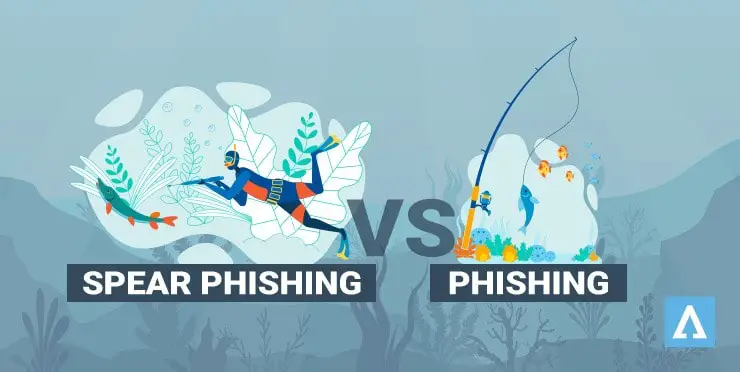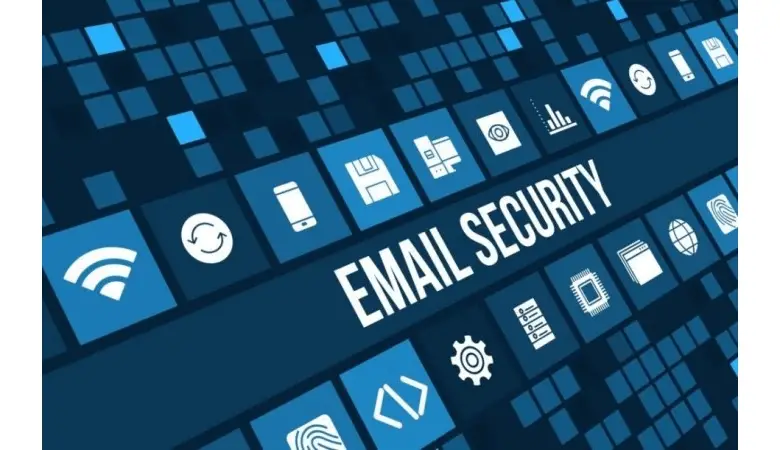Any company’s productivity and performance are directly tied to the use of email and an effective solution to block risks and unwanted emails, such as spam, phishing, and ransomware is to secure your email. Despite this, many businesses overlook the importance of email security until a major security breach occurs which is very common these days.
Not sure if your business needs more advanced email protection? The answer certainly is: yes. The reason is simple: malicious emails account for over 90% of all cyber attacks. This means that if your company uses email, it is already vulnerable.
What is Email Security?
The numerous methods and policies used to protect your email account, information, and messages from unauthorized access are called email security .
.
This unauthorized access has the potential to cause sensitive data to be lost or deleted. You can protect sensitive information in email correspondence and accounts from unauthorized access using a variety of security approaches.
Email service providers usually have some email security measures to protect their customers’ accounts and information from hackers. Strong passwords, encrypted email messages, web application firewalls, spam filtering software, and access control methods are examples of such precautions.
Why Does Your Business Need Email Security?
Email is used by the vast majority of enterprises throughout the world as one of their primary communication methods. It means that an employee receives a large number of emails per day. According to statistics, a professional receives more than 100 emails every day on average.
However, the vast majority of these messages are pointless communications. According to Gatefy, over 90% of emails received by businesses are unuseful, moreover harmful messages or just junk email.
Hackers can sometimes gain access to private financial statements. As a result, email encryption is becoming increasingly necessary over time. Encryption is a simple approach to protect your sensitive data. It can be used to convert sensitive information into an unreadable format.
When it comes to the importance of email security for organizations, there are numerous reasons to recognize the necessity for an email security system. Here are some examples to help you understand why you should invest in email security.
• Emails are the most common vector for cyber-attacks. 96 percent of phishing attacks  are delivered by email, while the remaining 3% are delivered via rogue websites and the last 1% are delivered via phone. In addition, 65 percent of active groups used spear-phishing to launch targeted attacks
are delivered by email, while the remaining 3% are delivered via rogue websites and the last 1% are delivered via phone. In addition, 65 percent of active groups used spear-phishing to launch targeted attacks . The primary infection vector was thought to be spear phishing.
. The primary infection vector was thought to be spear phishing.
• The rise of advanced threats such as ransomware and BEC is another major factor. Criminals pretend to be a company’s CEO or director in such attacks to persuade employees to provide sensitive information. Even the built-in anti-spam solutions can’t cope with more sophisticated attacks.
• One of the most compelling reasons to invest in email security is the risk of financial loss. BEC criminals made over $1.8 billion through email attacks, according to the FBI’s internet crime report 2020. Public administration, mining, utilities, and professional services are among the most targeted industries. To avoid significant financial losses, you must implement email security standards and guarantee that your personnel are properly trained.
• Furthermore, the attacks are not just motivated by monetary gain. Fraudsters are attempting to obtain data secrets that can be sold. Data breaches are responsible for about 22% of phishing attacks . You must ensure that critical data does not leave your organization unless you give permission.
. You must ensure that critical data does not leave your organization unless you give permission.
All of these can taint your company’s image. In addition, it will be difficult to recover your consumers’ trust. However, you must first understand the common threats before ensuring adequate policy implementation to prevent any attacks. Some of them we will discuss in the next part; let’s have a look at each one separately.
What are The Most Common Threats?
Knowing the common risks is one of the best strategies to protect the security of your company’s email system. Here are a few examples.
Spoofing and social engineering
Social engineering depends heavily on gaining the user’s confidence to steal data, money, or other information. Another method is spoofing, which entails producing bogus data that looks to be accurate and legitimate.
Spam
Spam is on the top list since it is an old practice. It consists of a variety of unwanted messages that entice you to view their advertisements with appealing headings such as “must-see.” Spam accounts are over 60% of all email traffic worldwide .
.
Spear phishing and phishing

Phishing attacks are a type of fraud or scam that involves sending you fake messages in order to steal your money or other sensitive information. Spear phishing, on the other hand, is a highly focused approach in which thieves conduct extensive research to make the messages or emails appear more real.
So, you should use an SPF record to help protect your domain against spoofing, and help prevent your outgoing messages from being marked as spam. SPF also prevents spammers from impersonating your domain or organization in spoofing and phishing emails.
to help protect your domain against spoofing, and help prevent your outgoing messages from being marked as spam. SPF also prevents spammers from impersonating your domain or organization in spoofing and phishing emails.
BEC (Business Email Compromise)
BEC is often known as CEO fraud. The hacker attempts to impersonate a company employee, CEO, or director. Stealing money, data, or spreading malware is the ultimate purpose. The fraudster performs extensive study into the victim’s daily habits in order to lure him in with a convincing email.
Ransomware, Trojan, or Malware
Malware is computer software that is distributed with the intent of causing harm. Other types of harmful software include ransomware and Trojans, which encrypt files or disable the device’s operating system.
Malware is used in 17 percent of data breaches , and ransomware is used in 27%. Cybercriminals typically demand a ransom payment to restore files in such attacks.
, and ransomware is used in 27%. Cybercriminals typically demand a ransom payment to restore files in such attacks.
DDoS and botnets
Other forms of attacks cybercriminals may try on your email system include botnet and DDoS. A botnet is a group of malware-infected devices and machines that are controlled by a hacker.
They’re commonly utilized in large-scale scams and phishing efforts. DDoS attacks, on the other hand, are designed to overload systems.
Best Practices for Email Security
Here are a few basic security techniques that you may apply to keep your email system safe.
Use a strong password
Weak passwords will never keep your company safe. Examine the phrases and passwords used by your personnel. Make sure they’re using passwords that can’t be guessed. The more complex the password, the longer it will take for a hacker to figure it out. Your password must include the following elements:
• Upper and lower case letters;
• Special characters and numbers;
• You should use your brand name instead of your school, birthday, hometown, or university;
• Avoid using letters and words that are commonly used;
• Use phrases instead of words.
Two-level authentication
Two-tier authentication is another excellent technique to maintain email security. It adds an additional layer of defense. You can download specialized software or switch to a different cloud email service if you can’t install two-tier authentication.
Even if a cybercriminal gets your password, two-tier authentication will still require a code in order to access your messages.
Track phishing emails
Many hackers use phishing emails to steal information by duping people into handling sensitive information. The procedure is as follows:
• Cybercriminals may send emails with links to certain websites;
• The victims may be routed to a bogus website that looks identical to their bank’s website;
• When the victim enters his password and other credentials to log into the website, the bogus site grabs all of the data and passes it to the hacker;
• Track any phishing email that comes with such advertorials or links to specific websites. Once you’ve identified the primary source, you should consider blocking it right immediately.
Avoid opening unexpected attachments
Frequently, organizations receive emails from unknown sources with specific attachments. These unexpected attachments must not be opened.
You can’t just throw every email with an attachment into the trash. We simply offer to obtain some email threat protection software. You can delete the message and blacklist the sender if the program shows an issue. You can improve the security of your email system by doing this.
Avoid using public WiFi

Use mobile internet instead of public WiFi to access your emails. The reason is that hackers can easily find you and steal all of the information they need to launch an attack. Consider providing your employees with internet dongles to use outside of the office. This will ensure that your email system is secure.
If you would like to support Open Sourced Workplace:
Conclusion
Awareness is the most important instrument you can use to secure your emails. The dos and don’ts of email security should be understood by everyone in the organization, from the top down.
They must be cautious and must be aware of the source of the email as well as the data that is being shared. Also, consider using software such as anti-spam and virus-checking software to protect the entire system from the start. And most importantly, authenticate your email using SPF, DMARC, DKIM.

